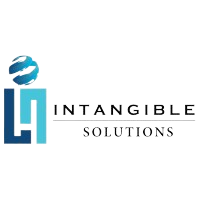On the internet, these rules do not apply. Newspapers have already made the transition to the web, and TV will not be far behind. Other rules, set by Google, Yahoo, or Microsoft might apply, but all of those companies have their interests fundamentally aligned with generating advertisement revenue.
Shop Now our new collections and many more

One way to categorize AI-driven harms is by considering intentionality—whether human operators are intentionally or unintentionally causing harm with AI—and the kind of misalignment involved:
1) AI used intentionally as a powerful and destructive tool—for instance, to exploit markets, generate massive frauds, influence elections through social media, design cyberattacks, or launch bioweapons—illustrating a misalignment between the malicious human operator and society;
2) AI used unintentionally as a harmful tool—for instance, systems that discriminate against women or people of color or systems that inadvertently generate political polarization—demonstrating a misalignment between the human operator and the AI; and
3) loss of control of an AI system—typically when it is given or develops a strong self-preservation goal, possibly creating an existential threat to humanity—which can happen intentionally or not, and illustrates a misalignment between the AI and both the human operator and society.
Here, I focus primarily on the first and third categories, particularly on scenarios in which a powerful and dangerous AI attempts to execute harmful goals, irrespective of whether the outcomes are intended by humans. I refer to such AIs as “rogue AIs” and will discuss potential strategies for humanity to defend itself against this possibility.




























